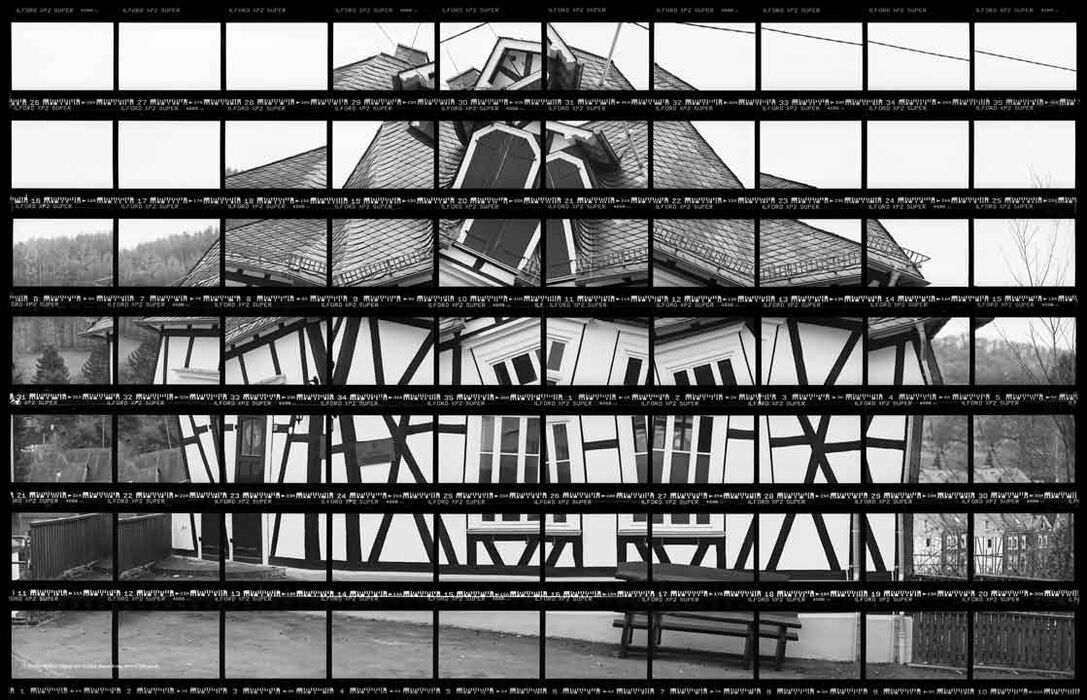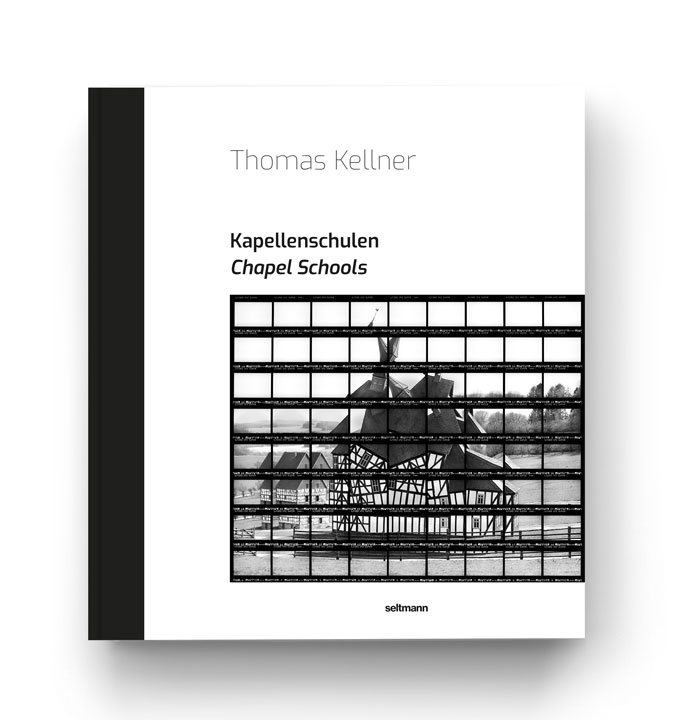Chapel school Oberschelden
Even before the opening of the chapel school in 1754, there is said to have been a school in Oberschelden as early as the middle of the 16th century. The chapel school with a bell turret was divided into two main floors: the chapel was downstairs while the classroom was upstairs.
Due to rapid population growth, a new school was built next door. The chapel school was in use until 1968 and to be removed by city order. However, the local historical society, founded in 1977, decided to restore and preserve the building. Today it is a meeting place for local organizations. In the basement, the local historical society has set up a regional museum in which various exhibits on the history of the Siegen District are on display and may be viewed upon request.
Oberschelden in: The Chapel Schools' Book
Chapel schools form a solitary architectural type for the Siegerland and its neighboring regions.
As stand-alone buildings and conspicuous in their surroundings, like the one in Oberschelden, they reveal the connection between religion and school education starting from the domain of Count William I of Nassau-Katzenelnbogen (1487-1559) and his son John VI of Nassau, Katzenelnbogen and Dietz (1536-1606). The hybrid used buildings existed until the end of the 19th century and in parts even until the 20th century.
Chapel Schools a solitary architectural type
The Siegen fine art photographer Thomas Kellner recognized the historical and cultural value of these buildings and set himself the task of preserving and recalling this typical regional cultural asset through a new medium. By means of photography he transfers the chapel schools into an artistic context and gives the historical topic a new dimension in the present (art).
Just as the chapel schools united in themselves two spheres of life, this publication also conveys different contemporary perspectives on the history and genesis of the chapel schools. While Kellner tries to rethink the type of building, which oscillates between profane and sacred, with his artistic realization, Chiara Manon Bohn, Isabell Eberling M. Sc. Dr. Andrea Gnam and Dr. Stefanie Siedek-Strunk provide an insight into the historical, architectural and religious classification of the chapel schools up to the pictures of Thomas Kellner in text contributions.











